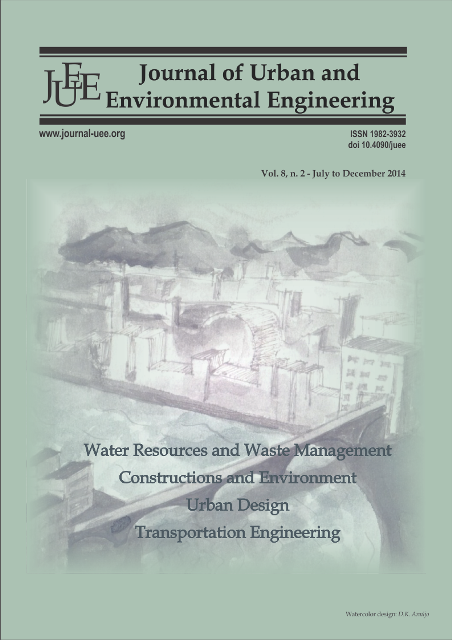COMPARISON OF SPATIAL INTERPOLATION METHODS FOR WHEAT WATER REQUIREMENT AND ITS TEMPORAL DISTRIBUTION IN HAMEDAN PROVINCE (IRAN)
DOI:
https://doi.org/10.4090/juee.2014.v8n2.218-224Keywords:
Geostatistical Methods, Water Requirement, Wheat, SPI, GS , DroughtAbstract
Water is the main constraint for production of agricultural crops. The temporal and spatial variations in water requirement for agriculture products are limiting factors in the study of optimum use of water resources in regional planning and management. However, due to unfavorable distribution and density of meteorological stations, it is not possible to monitor the regional variations precisely. Therefore, there is a need to estimate the evapotranspiration of crops at places where meteorological data are not available and then extend the findings from points of measurements to regional scale. Geostatistical methods are among those methods that can be used for estimation of evapotranspiration at regional scale. The present study attempts to investigate different geostatistical methods for temporal and spatial estimation of water requirements for wheat crop in different periods. The study employs the data provided by 16 synoptic and climatology meteorological stations in Hamadan province in Iran. Evapotranspiration for each month and for the growth period were determined using Penman-Mantis and Torrent-White methods for different water periods based on Standardized Precipitation Index (SPI). Among the available geostatistical methods, three methods: Kriging Method, Cokriging Method, and inverse weighted distance were selected, and analyzed, using GS+ software. Analysis and selection of the suitable geostatistical method were performed based on two measures, namely Mean Absolute Error (MAE) and Mean Bias Error (MBE). The findings suggest that, in general, during the drought period, Kriging method is the proper one for estimating water requirements for the six months: January, February, April, May, August, and December. However, weighted moving average is a better estimation method for the months March, June, September, and October. In addition, Kriging is the best method for July. In normal conditions, Kriging is suitable for April, August, December, October, and March while weighted moving average is a better method for other months. Furthermore, based on growth period scale, for normal and wet periods in both irrigated and rain-fed farming, Kriging method is suitable, while in drought condition, Kriging is suitable for irrigated farming and weighted moving average should be used for rain-fed farming.Downloads
Download data is not yet available.
Downloads
Published
2015-09-20
Issue
Section
Articles




